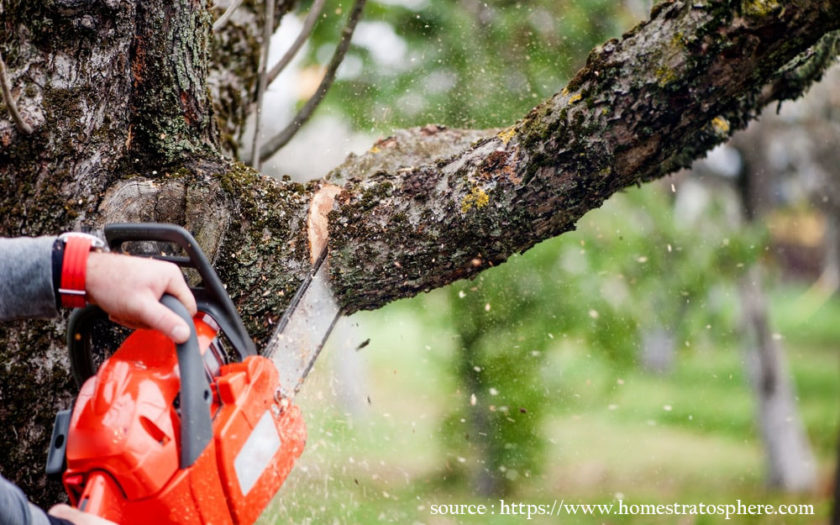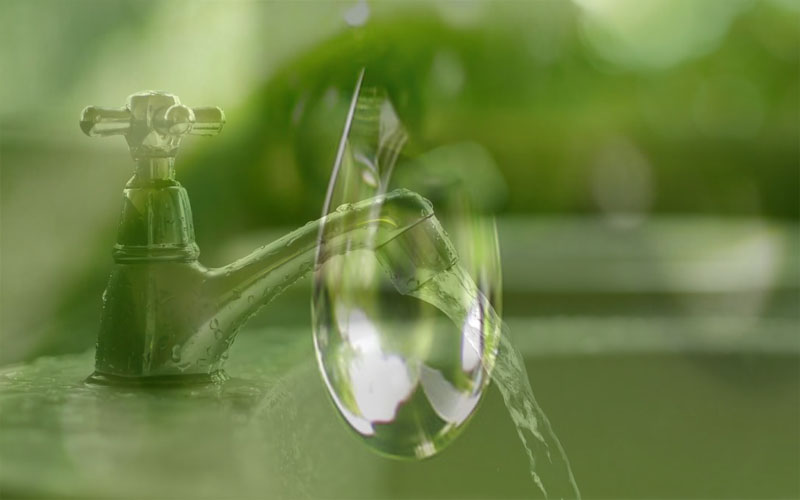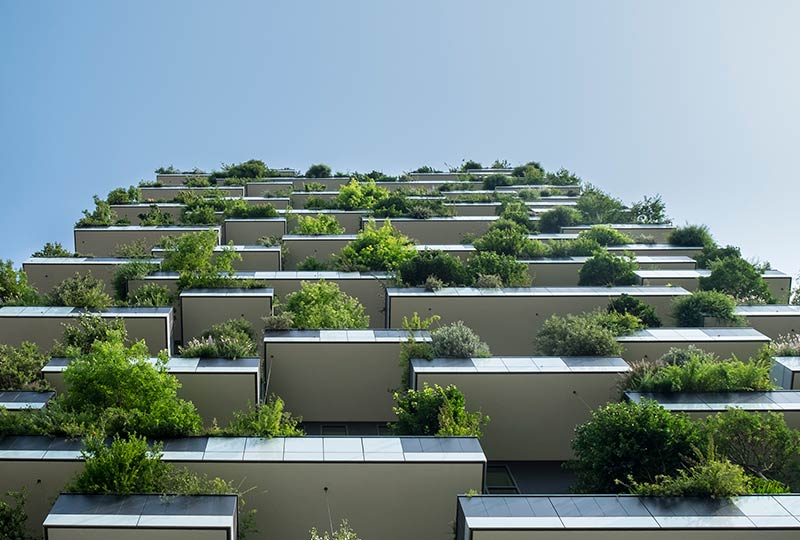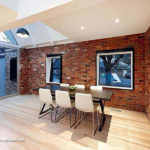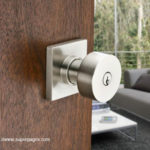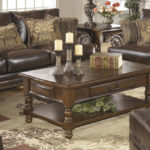DIY – How to Trim Tree Branches Yourself
Most homeowners are confident they are giving their trees the best care to thrive and stay healthy. Water, fertilizer, and mulch right on schedule.
However, tree branch trimming can be very intimidating to the average person. While big pruning tasks should be left to the professionals, pruning small trees and branches is perfectly safe and manageable for the average person.
First, know when DIY tree trimming is appropriate, and when it’s not. If you want to prune a small tree that has lightweight branches, go for it. However, think twice about pruning a tree that’s near a power line, large branches overhanging your roof, or if the branches are too heavy for you to easily handle.
If you’ve decided to go ahead, just start with a little DIY tree branch trimming. First, you’ll need to understand the parts of the tree and branch. The branch collar is the enlarged area at the base of the branch that connects it to the tree. The branch bark ridge is between the tree trunk and the branch; it’s raised a little higher than the branch.
Make sure your pruning tools are clean and sharp. Make a cut on the far side the branch collar; don’t cut the branch collar itself but make the cut close enough not to leave a nub.
For a thin branch, one inch or less in diameter, cut just above the branch collar at a 45-degree angle to the bark ridge.
For a thick branch, cut it in three …

